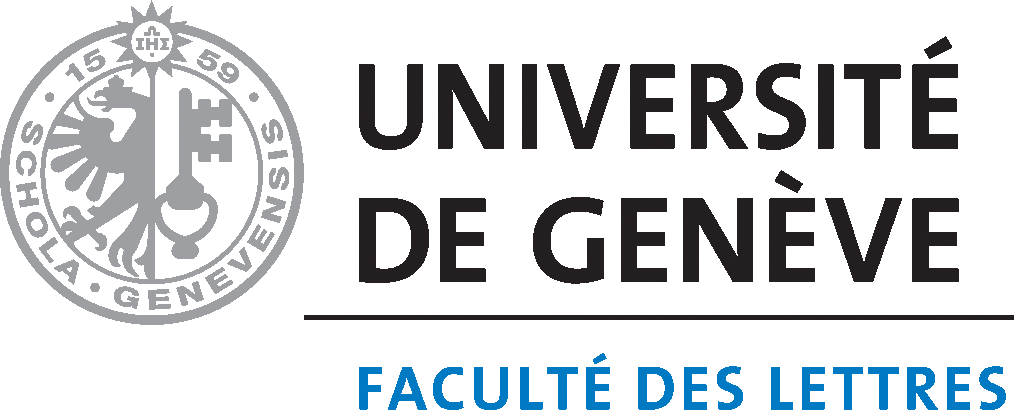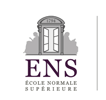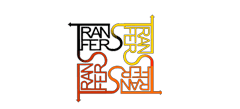Abstract
This article aims to demonstrate how early modern costume books attempted to define the identities of Europeans. They presented a system of social stratifications, describing the presumed differences between people of various origins, age, gender, and, above all, social position. The existence of these differences was presented as part of an order not only social and political but also moral and religious. On closer inspection, however, it becomes apparent that these differences had as much to do with actual cultural disparities between people as with the different perspectives and attitudes of the authors of the individual books.
Recommended Citation
Olechnowicz, Emilia. "Fashioning Europe: Identity and Dress in Early Modern Costume Books." Artl@s Bulletin 12, no. 1 (2023): Article 3.






